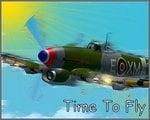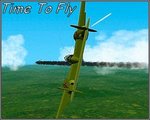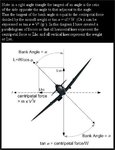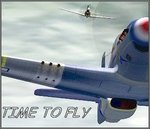Erich
the old Sage
so Jon what do you think you should do ? ......... Olivier has some excellent materials posted all through the forum(s) listed there on other subject matters
another one might be of use is to look through the listings in www.airwarfareforum.com
another one might be of use is to look through the listings in www.airwarfareforum.com







